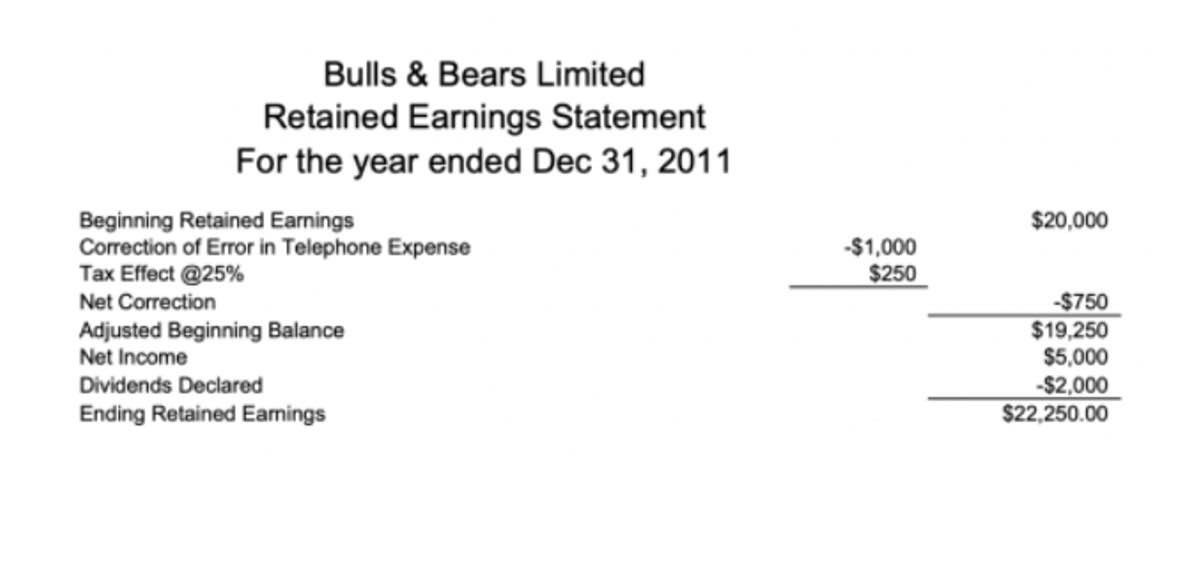
It provides a reliable and objective basis for valuing assets and ensures consistency in financial statements. Additionally, the Cost Principle can create complexities in comparing the financial statements of different companies. As companies may have acquired similar assets at different times and prices, the recorded values of those assets may not accurately reflect their actual values or current market prices. This can make it challenging to make meaningful comparisons between companies based on their financial statements. In the realm of accounting, the Cost Principle, also known as the Historical Cost Principle, stands as a fundamental guideline shaping the way assets are recorded and reported on financial statements. This principle is deeply embedded in accounting standards, providing a structured approach to valuing assets based on their original acquisition cost.
205-20 Interest and other financial costs.

The cost principle is more important to a company for historical purposes. This is because the price you purchased an asset at may not be the fair market value to another person. You have proof of the purchase, and no one can tell you that the value QuickBooks is lower than that. This means that the historical cost principle must be used to maintain compliance in accounting in Canada.
Criticisms of the Historical Cost Principle in Accounting
Profit center means (except for subparts 31.3 and 31.6) the smallest organizationally independent segment of a company charged by management with profit and loss responsibilities. Material-price standard means a preestablished measure, expressed in monetary terms, of the https://www.bookstime.com/articles/accounting-for-lease-termination price of material. Material cost at standard means a preestablished measure of the material elements of cost, computed by multiplying material-price standard by material-quantity standard. Labor-time standard means a preestablished measure, expressed in temporal terms, of the quantity of labor.
Conclusion and Future of Cost Principle in Accounting

For example, in industries where there is rapid technological change, the Cost Principle may not accurately reflect a company’s true value. This is because the market value of a company’s assets may be higher than their book value. In these cases, investors may be more interested in a company’s market value than its book value. For example, if a company sells a product that has a long production cycle, the matching principle would require it to record the expenses related to that product at the same time it records the revenue. However, this may not accurately reflect the true cost of producing that product, particularly if there are significant changes in the cost of materials or labor over time.
Intrinsic Value vs. Current Market Value: What’s the Difference?

Let’s look at some real-life examples to illustrate how the cost principle works in practice. (ii) If allocations of IR&D or B&P through the G&A base do not provide equitable cost allocation, the contracting officer may approve use of a different base. Idle facilities means completely unused facilities that are excess to the contractor’s current needs. (2) A modification of the accrued benefit cost method that considers projected compensation levels. Real-world examples illustrate the practical application and impact of the Cost Principle in financial accounting. Below is a break down of subject weightings in the FMVA® financial analyst program.
- Moreover, historical cost accounting provides valuable insights into a company’s financial performance by allowing analysts and investors to assess trends in asset value over time.
- Some long-term assets that need to fall under the cost principle are heavy machinery and equipment.
- Expressly unallowable cost means a particular item or type of cost which, under the express provisions of an applicable law, regulation, or contract, is specifically named and stated to be unallowable.
- The most significant drawback of the cost principle is that it doesn’t reflect the current market value of assets.
- Compliance with these standards is essential for businesses to report their financial performance accurately and transparently to investors and other stakeholders.
107 Contracts with State, local, and federally recognized Indian tribal governments.
- In comparison, Company B records the value of the securities at market price daily and accounts for changes in value as a realized or unrealized gain or loss.
- The cost principle is considered one of the fundamental guidelines for bookkeeping and accounting; however, it is fairly controversial.
- Indirect cost pools means (except for subparts 31.3 and 31.6) groupings of incurred costs identified with two or more cost objectives but not identified specifically with any final cost objective.
- The cost principle ensures that assets are recorded consistently across all periods.
- In conclusion, understanding the distinction between historical cost and fair market value is crucial for accurately accounting for long-term assets.
The excess of the actuarial value of the assets of a pension plan over the actuarial accrued liability is an actuarial surplus and is treated as a negative unfunded actuarial liability. The measure of normal cost under this method for each cost accounting period is the present value of the units of benefit deemed to be credited to employees the cost principle is used for service in that period. The measure of the actuarial accrued liability at a plan’s inception date is the present value of the units of benefit credited to employees for service prior to that date.

Brief History of the Historical Cost Principle
Tax laws specify different rules for calculating depreciation expense than generally accepted accounting principles (GAAP). For example, tax laws may require using another depreciation method or a different useful life for an asset than what is used under GAAP. As a result, the tax base of an investment may differ from its book value, which can impact the calculation of taxable income. Despite its limitations, the Cost Principle remains an important component of accounting standards and provides a foundation for the preparation of financial statements.
- While this can help to provide a more accurate picture of a company’s profitability in a given period, it can also make it more difficult to track the true cost of individual transactions and assets.
- The Cost Principle is a fundamental accounting concept that governs how assets are valued and reported on financial statements.
- When companies acquire new assets, the cost principle provides a clear and objective method for recording these transactions, ensuring that the initial investment is accurately reflected in the financial statements.
- However, in some cases, companies may choose to use specific identification to value their inventory.
- It mandates that assets should be recorded at their original cost, regardless of any changes in market conditions.
Its application has a significant impact on various aspects of financial reporting. The Cost Principle, also known as the Historical Cost Principle, is an accounting concept that requires assets to be recorded at their original cost when they are acquired. When using the principle cost method, good accounting software is key. Being able to keep all costs consistent over time, as well as house documents for verification, is key. As such, be sure to find good software that works for you and your accountant.
